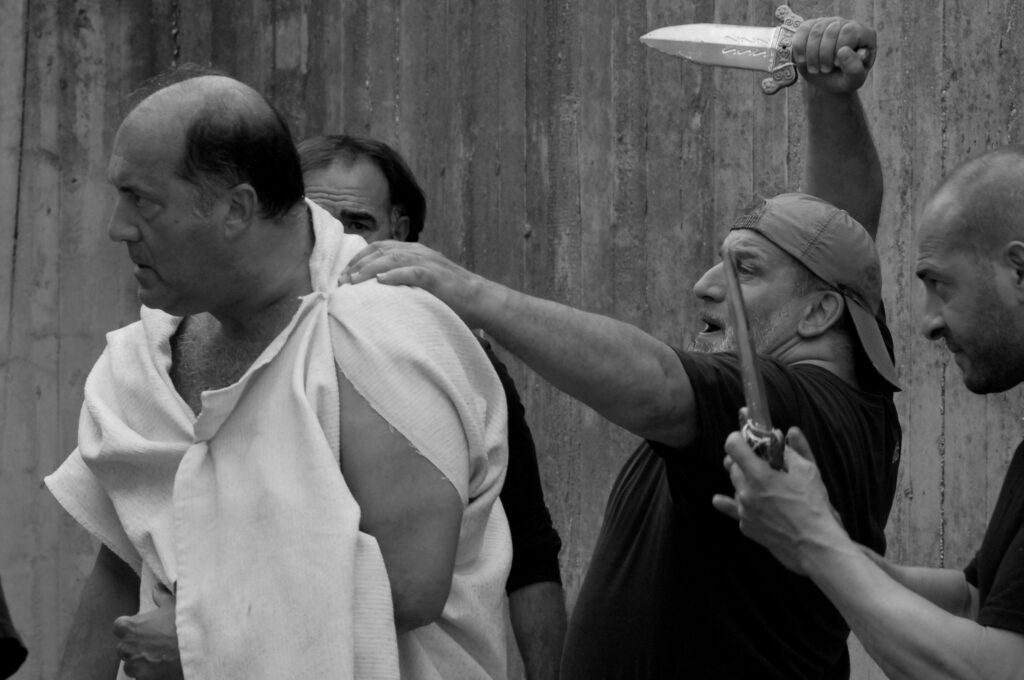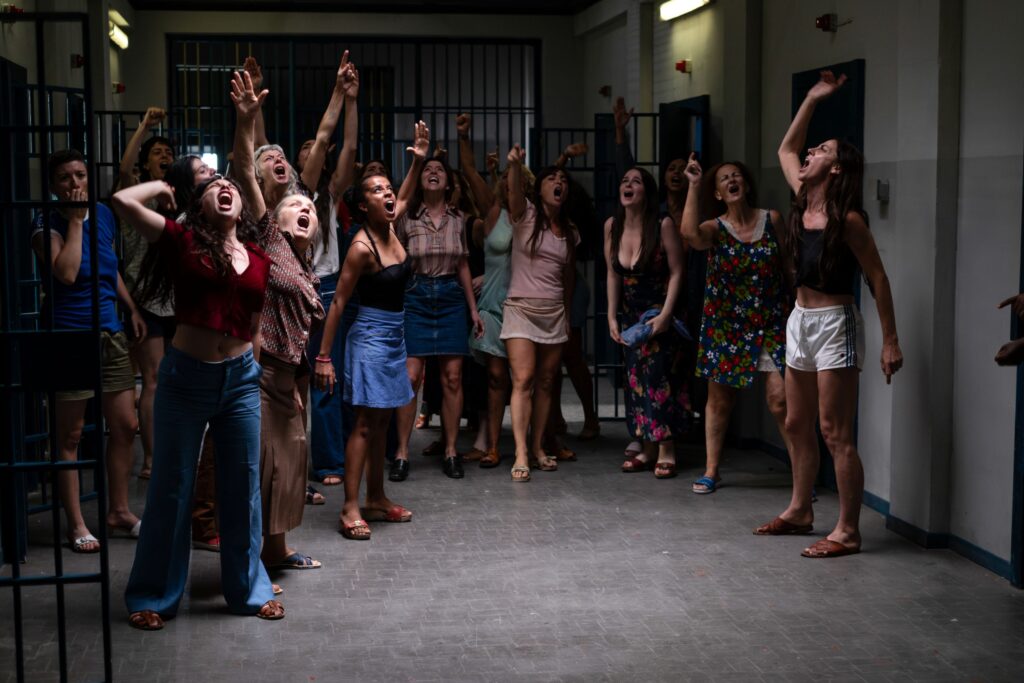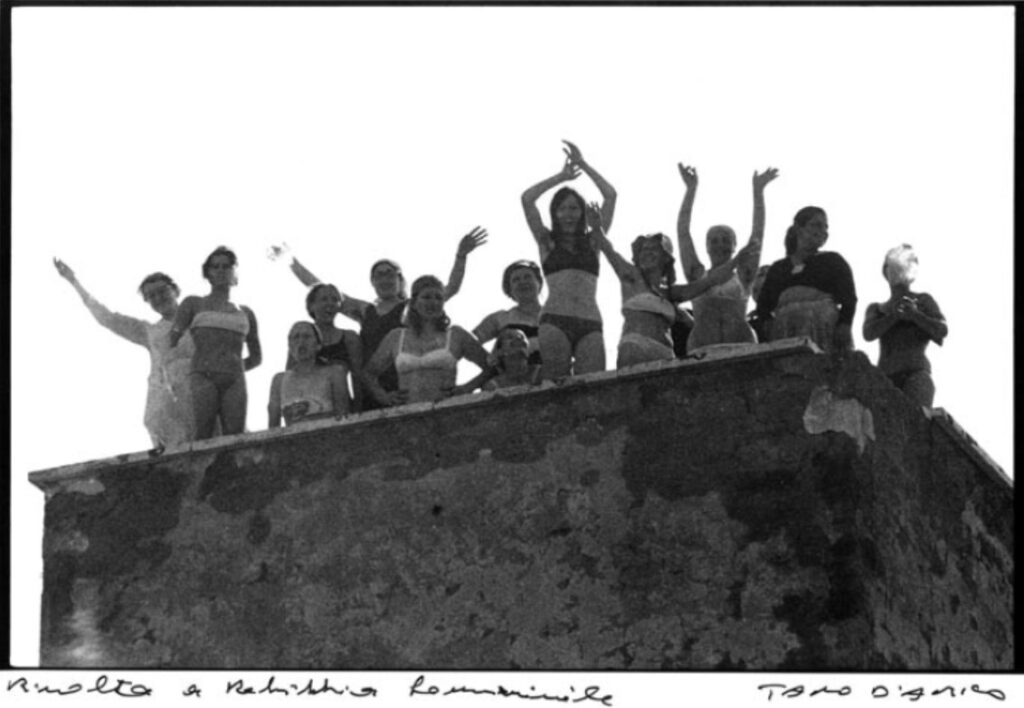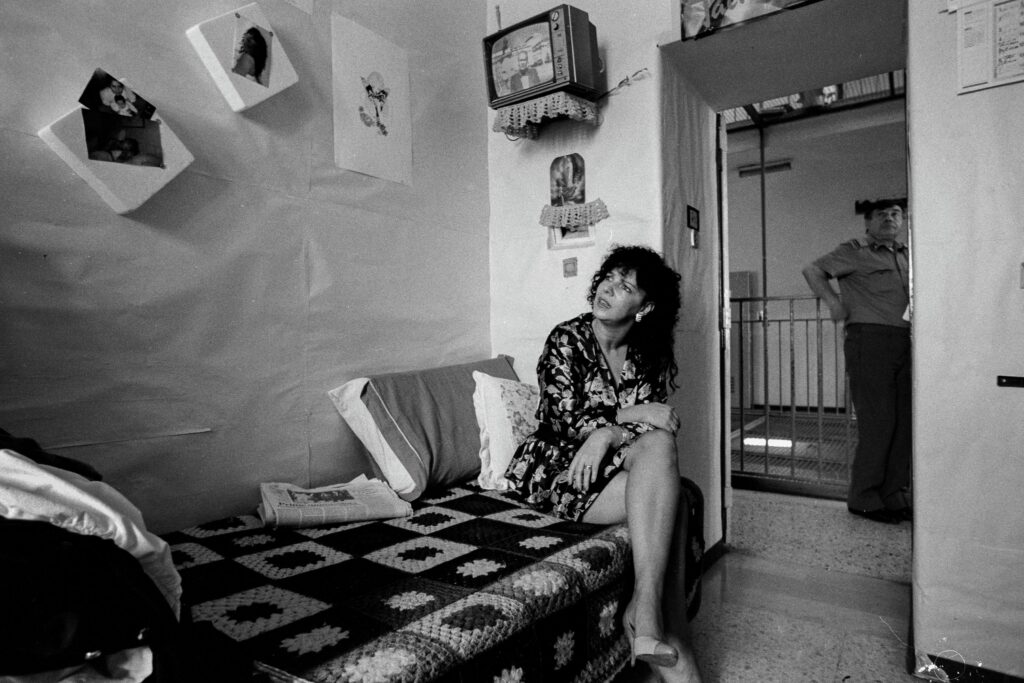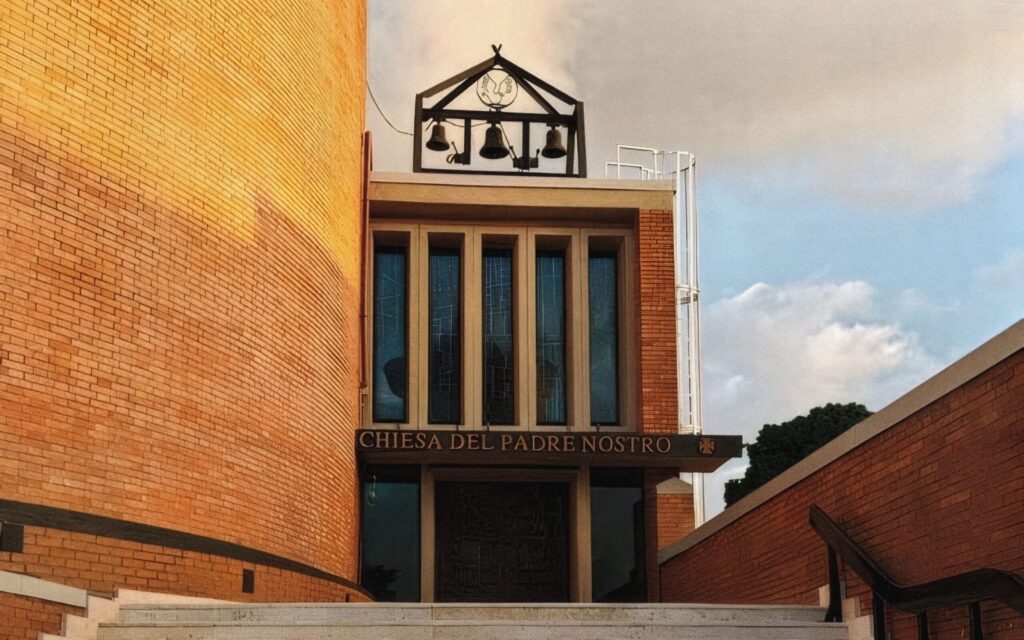La Comunidad
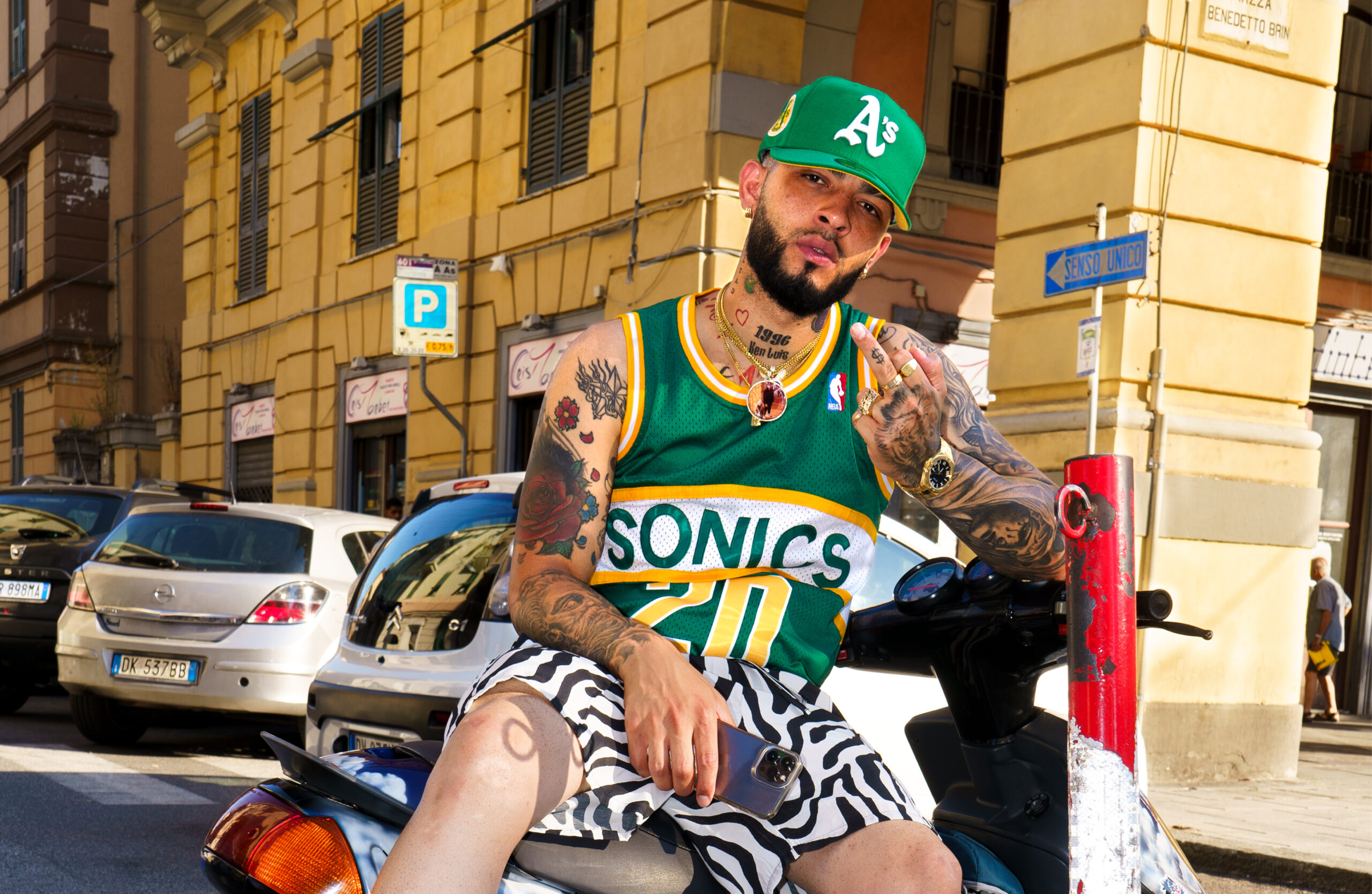
It’s Saturday night in Piazza Brin, La Spezia, late May. You can feel the sea nearby. But first, you hear the music; a mix of Caribbean sounds fills the square. Each small group, each corner, each bar, kiosk, and bench has its soundtrack: from the most traditional and rhythmic merengue, with accordion and drum rhythms, to the melodic guitar-driven bachata, to the fast-paced dembow, a frenzied beat popular among the younger crowd, with percussive beats and alternating rap vocals. The “piazza,” as its regulars call it, is filled with Dominicans. They speak loudly, sing, dance, play with children, and chat with each other in both Spanish and Italian. La Spezia’s Dominican community, known locally as la Comunidad, counts over 3,000 residents with legal residency, and around 2,000 who have already obtained Italian citizenship, spread across three generations, or four, if you count the newborns already present in pushchairs at Piazza Brin. Across Italy, about 30,000 Dominicans live in cities like Rome, Milan, Genoa, Pavia, and regions such as Veneto and Tuscany. But the one in La Spezia is the most densely populated and visible. The majority live in the Umberto I neighbourhood, built at the end of the 19th century near the station in the city centre, originally intended for workers of the naval arsenal and port. It’s a middle-class area: orderly and pleasant, with a grid layout of rectangular blocks and four-storey buildings with inner courtyards, all crossed by Corso Cavour.

From the late 1980s, La Spezia saw the arrival of a wave of Dominican women, many coming from Naples and Massa, who began working mainly as caregivers for the elderly residents of the neighbourhood. Word of mouth soon brought more arrivals from the island itself, particularly from the central region of Cibao. Over time, they called for their children, brothers, and husbands to join them through family reunification programmes. Even today, women make up the majority of the community, with a strong presence also in the nearby Cinque Terre. Many have since become small business owners, while their daughters and sons now fill the classrooms of local high schools, especially the “Istituto Alberghiero.” The men work mostly in construction and hospitality. In the piazza, the visibility of this strong female presence is unmistakable, all the more striking considering they come from a country deeply rooted in patriarchal and male-dominated traditions. But these women are as resilient and courageous as the Mirabal Sisters, the three Dominican activists murdered by dictator Rafael Trujillo on 25 November 1960, a date now commemorated by the UN as the “International Day for the Elimination of Violence against Women.” The sisters are national heroines in the Dominican Republic, so widely celebrated that they appear on the 200-peso banknote. Confident and far from subordinate, the Dominican women of La Spezia have left behind the rural mindset of their mothers and grandmothers—and they’re not looking back.
In the narrow streets of the neighbourhood, you’ll find several small shops in the style of the colmado—the traditional Dominican general store selling food and household items, typically displaying a row of rum bottles on the shelves and a freezer full of beer.
Tonight, I’m joined by María Peralta, who has been dedicated to representing her fellow Dominicans before Italian authorities for over thirty years and supporting migrant solidarity initiatives. Piazza Brin, lined with elegant buildings, is surrounded by porticoes on three sides, while the Church of Our Lady of Health breaks the fourth. Catholicism remains a strong presence among Dominicans. But alongside music, the other major marker of identity for the Comunidad is gastronomy. In the narrow streets of the neighbourhood, you’ll find several small shops in the style of the colmado—the traditional Dominican general store selling food and household items, typically displaying a row of rum bottles on the shelves and a freezer full of beer. At night, the shop transforms into a social space for meeting and dancing. In this way, Caribbean fruits, vegetables, spices, and ready-to-eat dishes are easy to find in La Spezia, including pica pollo, a kind of Dominican fast food. You can enjoy sancocho, a rich meat-and-vegetable stew served with rice and avocado, or even start the day with mangú, a plantain purée topped with pickled red onions, accompanied by cheese, eggs, and fried chorizo. The younger generation, who grew up eating Dominican food at home, finds a wide variety of other options outside and tends to experiment in the kitchen with fusion. This, perhaps, is one of the most distinctive traits of Dominican culture: hybridity—a natural tendency to mix and share. Caribbean culture itself was born through a fusion of European, American, and African influences. Dominicans are considered among the most mixed-race populations in the world, with white and Black people being clear minorities.
There are also those working along this path, like Martín Manuel Coste Ortiz, aka Blaze Drumz—the most well-known music producer in La Spezia—who arranges and composes for both the Dominican Republic and Italy (he’s collaborated with artists like Rochy RD and Boro Boro), aiming to bring together the best of both musical traditions. The environment around him is a fertile one. It’s no coincidence that La Spezia often hosts performances by top Dominican artists. A local singer known as “El Bebé de la Bachata,” Carlos, has built a following here, and in the suburbs, you’ll find the Latin club Mambo King. There are also Italian artists, such as rapper and photographer Samuel Costa, who know la Comunidad well and draw inspiration from its creativity.
The will to live of La Spezia’s Dominicans finds in la Comunidad a balm for the loneliness of migration, a response to the pain of uprooting and replanting oneself across an ocean.
The Dominican Republic, roughly the size of Piedmont and Lombardy combined, is the most economically stable country in the insular Caribbean and the one that receives the highest number of tourists. Over the past thirty years of democratic governments, it has strengthened its economy, education system, and artistic output. Half of its ten million inhabitants live in Santo Domingo, a modern metropolis that was home to the first university in the Americas, founded in 1538. However, more than two and a half million Dominicans now live abroad—primarily in the United States, where there’s a community with similarities to La Spezia’s, but on a much larger scale. Washington Heights, in Manhattan, New York, is one of the key hubs of the Dominican diaspora, shaping many of its cultural traits. Then come Spain, Puerto Rico, and, right here, in Italy.
From New York came the distinctly Dominican obsession with the kitipó—cars, vans or small trucks converted to house extremely powerful sound systems with multiple speakers. These systems are unloaded at shaky, high-voltage gatherings where DJs push sound far beyond any humanly tolerable decibel level. The name comes from quita y pon—“put on and take off”—because the whole set-up must be removable and able to fit back into the vehicle, like a kind of musical Transformer. Naturally, these parties can’t happen in Piazza Brin, but rather in remote spots, like a secluded car park or an open field by the riverbank. It’s a bit like the situation with the Dominican national sport: baseball. La Comunidad has two teams, La Joya and Los Tigres, but in the narrow layout of the Gulf of La Spezia, there are no proper baseball fields, so they can’t train regularly. Yet even away from home, they win. It’s in their blood.

Naturally, not everything is smooth when it comes to the integration of Dominicans in La Spezia; there are complaints and occasional hostility. But nothing that truly stands in the way of a meaningful path towards inclusion. There are other migrant communities in the Umberto I neighbourhood, but in Piazza Brin, you mostly hear Dominican Spanish, musical, warm, and gentle. A small group of boys and girls rap playfully, stringing together innocent obscenities and teasing each other with affectionate insults. They tell me they usually speak Spanish at home or among friends, but “outside,” they prefer Italian, the language they’ve learned at school. They say they feel Italian, though with Dominican roots. Unlike their parents, they don’t dream of returning to live in Santo Domingo, but they do want to go back for holidays. At this point, a middle-aged man joins in. He says he once imagined retiring in Cibao but has since realised he hardly knows anyone there anymore. His friends, his passions—everything is here. This is home now.
Whether expressed through the cheerful candour of merengue, the heartbreaking sorrow of bachata, the tireless sensual rhythm of dembow, a romantic bolero, or even the innocent rhymes of young street rappers, the will to live of La Spezia’s Dominicans finds in la Comunidad a balm for the loneliness of migration, a response to the pain of uprooting and replanting oneself across an ocean. Everything can be forgotten, even gruelling work or relentless misfortune, by diving into the ecstasy of Caribbean dance, swept up in the furious decibels of a kitipó, nibbling on yucca fritters or coconut sweets, perhaps on a Saturday night in Piazza Brin, at the end of May, when the air is already warm and you can almost hear the sea—just like in Santo Domingo.




